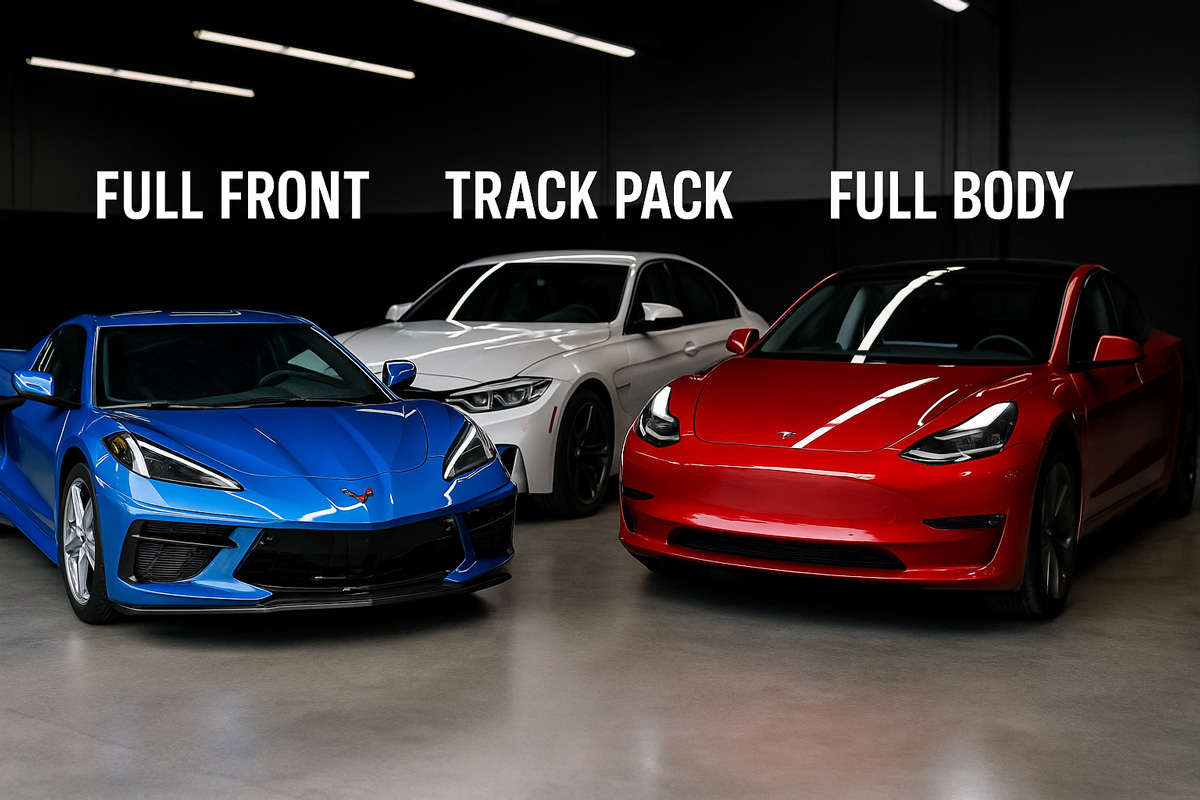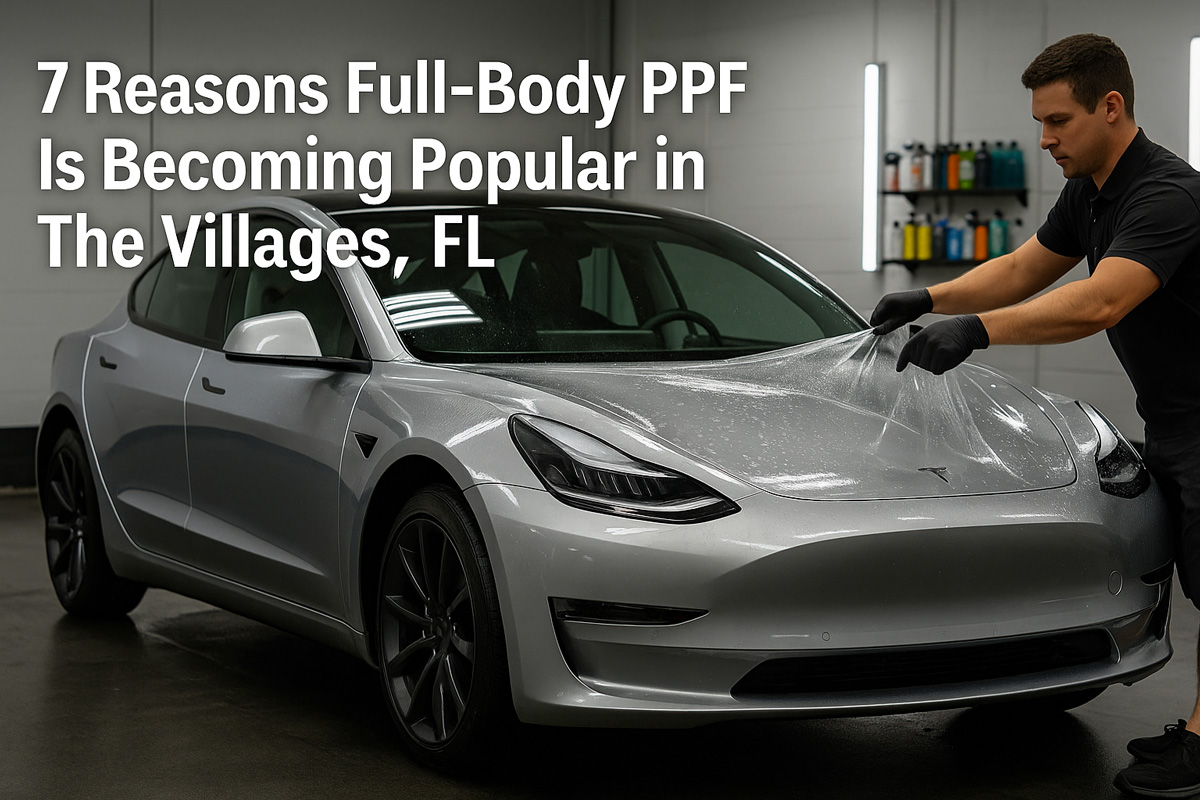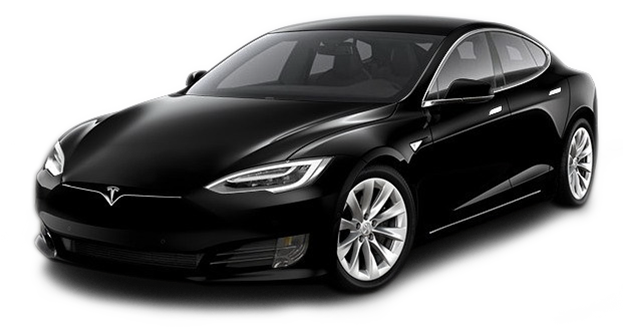Window tinting isn’t just about making your ride look sleek—it’s packed with practical perks like UV protection, glare reduction, and added privacy. If you’re exploring your options, the choice often comes down to dyed or ceramic window films.
Dyed tints are the wallet-friendly pick, great for cutting glare and giving your car a darker look, but they don’t offer much in terms of heat rejection. Ceramic tints, while pricier, are the gold standard—blocking out UV rays and keeping your car cooler without fading over time.
In this guide, we’ll break down the pros and cons of both, so you can choose the tint that’s right for your car and your budget.
The importance of window tinting for your vehicle
Window tinting offers numerous benefits that extend beyond just looks. Whether you are looking to protect your vehicle’s interior, enhance privacy, or reduce glare, the right window tint can make a significant difference. Here are some reasons why window tinting is essential:
- Protection from UV rays: Tinted windows can block up to 99% of harmful ultraviolet rays, safeguarding your skin and preventing interior fading.
- Heat reduction: Window tinting helps keep your vehicle cooler by reducing the heat that enters through the glass. This can reduce strain on your air conditioning system and improve fuel efficiency.
- Increased privacy: Tinted windows provide an added layer of privacy, making it harder for passersby to see into your vehicle. This can deter theft and help keep your belongings safe.
- Improved aesthetics: A good tint can enhance the overall appearance of your vehicle, giving it a sleek, polished appearance.
- Glare reduction: Tinted windows significantly reduce glare from the sun and headlights, improving visibility and making driving safer.
With all these benefits, choosing the right tint type that aligns with your needs and preferences is crucial. Let’s examine the details of dyed and ceramic window tints to help you determine the best choice for your vehicle.
Understanding dyed window tint: Features and drawbacks
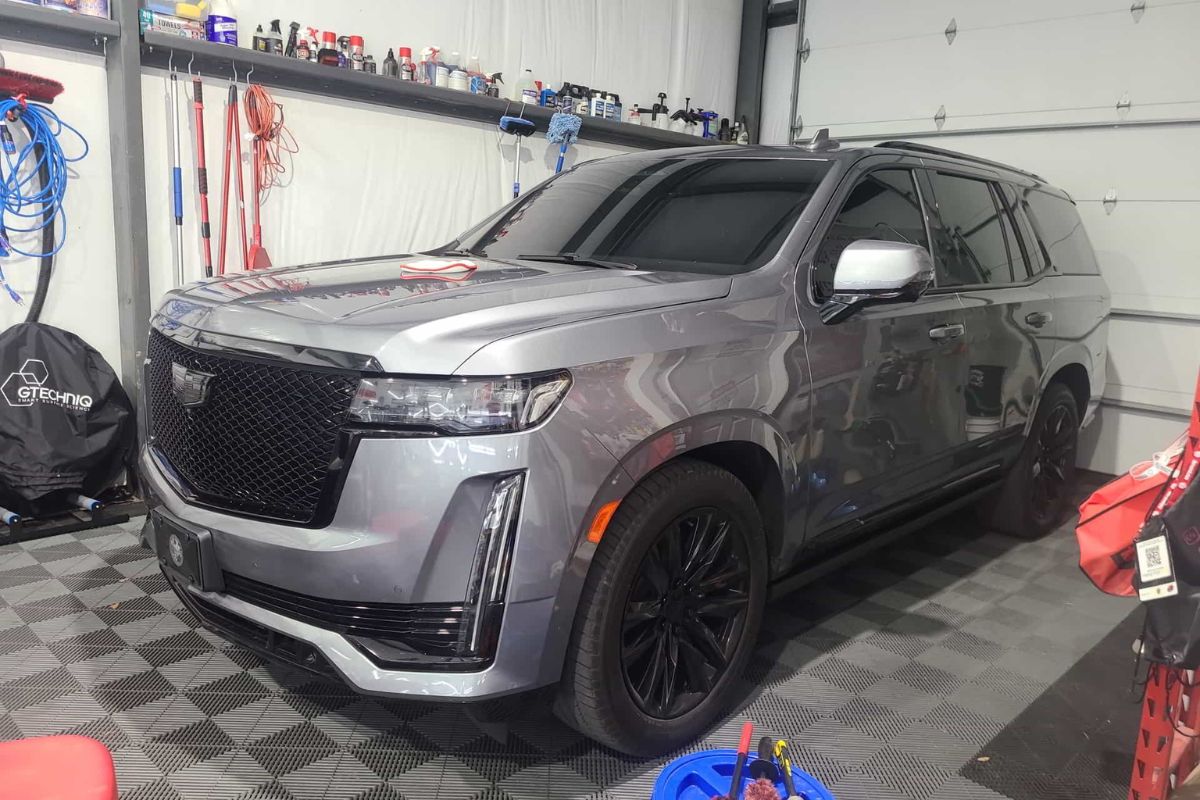
The primary advantage of dyed window tint is its cost-effectiveness.
Dyed window tint is one of the most common types of window films used in vehicles. It consists of a layer of dye applied to a polyester film, which is then adhered to inside the car windows. Here are some key features and benefits of dyed window tint:
Features of dyed window tint
- Cost-effective: Dyed window tint is generally less expensive than other types of window films, making it a popular choice for budget-conscious consumers.
- Aesthetic appeal: Dyed films provide a deep, rich color that can enhance the look of your vehicle. Window tints can be customized in various shades to match your style.
- Privacy: Dyed window tint effectively blocks visibility from the outside, ensuring privacy for you and your passengers.
- Heat reduction: While dyed films do not provide as much heat rejection as ceramic films, they still offer decent heat reduction, keeping your vehicle cooler.
Drawbacks of dyed window tint
- Fading over time: One significant downside of dyed window tint is that it can fade over time due to exposure to sunlight. This means that the aesthetic appeal may diminish after several years.
- Limited UV protection: While dyed films can block some UV rays, they do not offer the same level of protection as ceramic films.
- Lower heat rejection: Compared to ceramic films, dyed window tint provides less heat rejection, which may not be ideal for those in hotter climates.
Examining ceramic window tint: Benefits and downsides
Ceramic window tint is a premium option that has gained popularity due to its advanced technology and superior performance. Unlike dyed films, ceramic window tint contains ceramic particles that provide various benefits. Here are some of the features and advantages of ceramic window tint:
Benefits of ceramic window tint
- Superior heat rejection: Ceramic window tint is known for its exceptional heat reduction capabilities. It can block up to 50% of solar heat, keeping your vehicle cooler and more comfortable.
- UV protection: Ceramic films block up to 99% of harmful UV rays, protecting your skin and helping preserve your vehicle’s interior.
- No signal interference: Unlike metallic window tints, ceramic films do not interfere with electronic signals, making them ideal for vehicles with GPS or satellite radio.
- Durability: Ceramic window tints are highly durable and resistant to scratches, ensuring they maintain their appearance over time.
- Aesthetic variety: While ceramic films may be slightly less tinted than dyed films, they still offer a sleek and sophisticated look that enhances your vehicle’s appearance.
Downsides of ceramic window tint
- Higher cost: One of the primary drawbacks of ceramic window tint is its price. Ceramic films are generally more expensive than dyed films, which may be a consideration for budget-conscious customers.
- Installation complexity: Due to its materials and properties, installing ceramic window tints can be more challenging than dyed tints and may require professional installation.
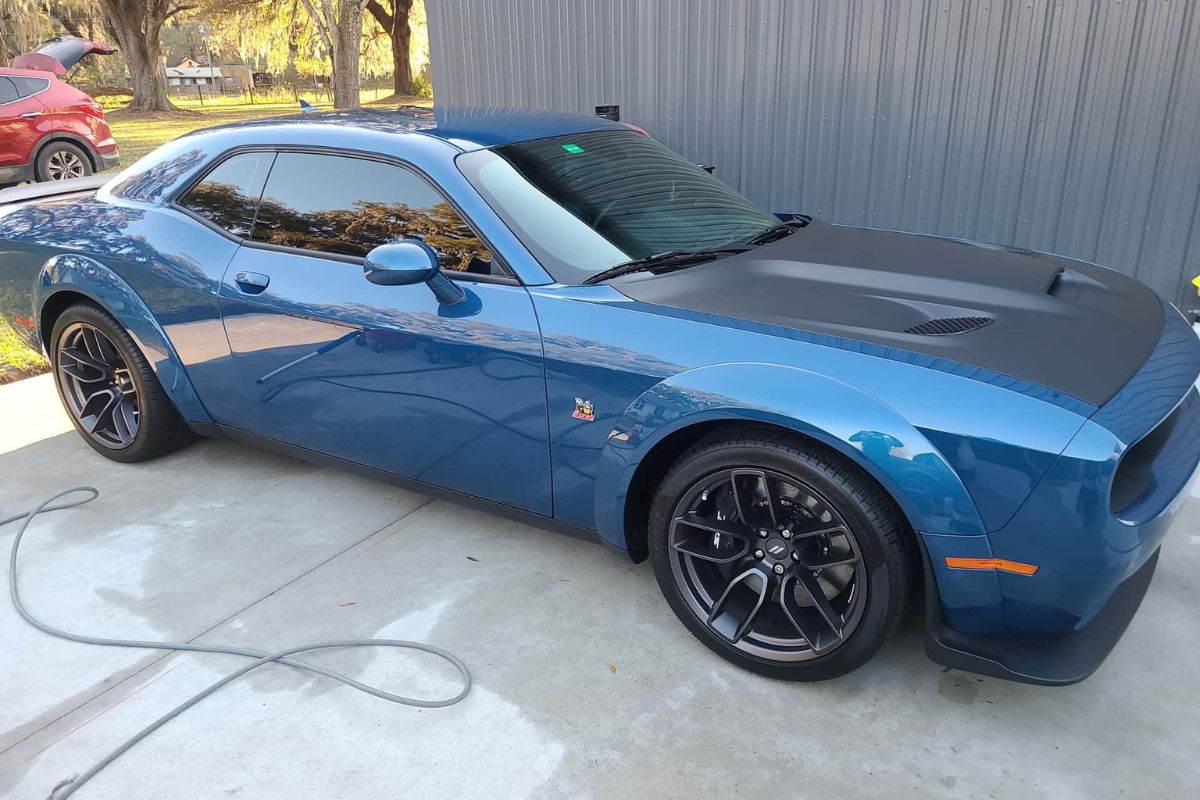
Ceramic window tint is the best option for blocking heat, making your vehicle more comfortable.
Read more:
Is ceramic tint better than regular tint?
5 Tips to Maintain Your Ceramic-Coated Vehicle for Years
Is Paint Protection Film Worth The Price?
Difference Between a Cleaning and a Detail
How Do I Care For My Car After Ceramic Coating?
Dyed vs. ceramic window tint: making the best choice for your needs
Now that you understand the differences between dyed and ceramic window tints, it’s time to decide based on your needs. Here are some factors to consider when choosing between the two options:
- Budget: If you are on a tight budget and looking for an affordable option, dyed window tint might be the right choice. However, if you’re willing to invest more for superior performance and durability, ceramic window tint is worth considering.
- Climate: If you live in a hotter climate where heat rejection is a priority, ceramic window tints will provide better protection against heat and UV rays.
- Aesthetic Preference: Consider the look you want for your vehicle. Dyed window tint offers a rich color and high privacy, while ceramic tint provides a sleek appearance without compromising visibility.
- Longevity: If you want a tint that will maintain its appearance over time and offer long-lasting performance, ceramic tint is the way to go.
- Signal Interference: If your vehicle relies on electronic signals, ceramic window tint is a better option as it does not interfere with GPS or satellite radio.
Elevate your driving experience: Window tinting services at Tim’s Pro Auto Spa
Selecting the right window tint for your vehicle significantly improves your driving experience. While dyed window tint is a cost-effective option that offers aesthetic appeal, ceramic window tint delivers superior performance, UV protection, and durability. At Tim’s Pro Auto Spa LLC, we are here to assist you in making the best choice for your needs. Whether you decide on dyed or ceramic tint, our expert team will ensure a professional installation you’ll be proud of. Visit us today at 2840 Co Rd 523 Unit C10, Wildwood, FL, 34785, or call us at +13522774721 to schedule an appointment or to get more information.


